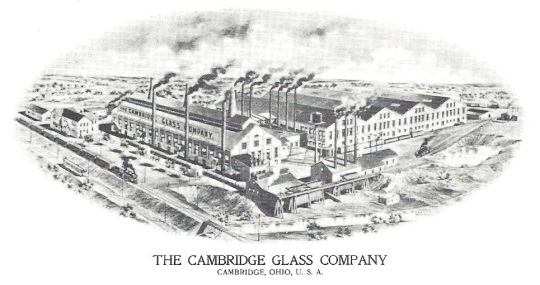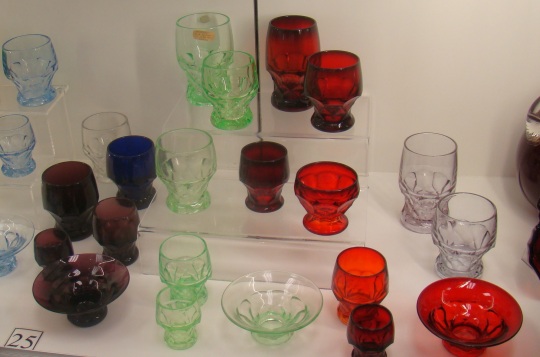Zoar Village Garden’s Symbolic Design
Summer time and the flowers are blooming! The beautiful garden at Zoar Village seems most spectacular during the month of July. An entire block of vegetable and flower beds will have you wanting to find a seat and enjoy the scenery, or casually stroll down the pathways.
Long ago this garden began as a place for the communal village to grow their vegetables as well as brighten their life with flowers. Who tended those early gardens at Zoar? School boys and elderly men received this assignment as the female occupants all had household chores that must be done daily, while the men were either working the fields or building the Ohio and Erie Canal.
The spectacular Zoar Garden symbolized New Jerusalem to those German Separatists in the early 1800s. At its center stands a tall, slightly bent, Norway spruce, which represents Jesus. Surrounding the tall pine, twelve smaller junipers depict the twelve disciples.
These in turn are circled by an arbor vitae hedge, indicating heaven. Paths in the garden are proclaimed as pathways to paradise showing that no matter what path you take, if you look to Christ, you will be led to heaven.These people had strong religious beliefs now that they were free to worship as they pleased in the United States.
At the north end of the garden stands the Gardener’s House, which served as residence for gardener, Simon Beuter, and his family back in 1835. Shortly thereafter, a greenhouse, or hothouse, was added. Since they grew oranges, lemons and other fruit in the middle of winter in the greenhouse, it was also called the Orangerie.
Hothouses were unheard of in Ohio at this time. The tropical fruit trees were kept outside in large wooden tubs in the summer, but could easily be moved into the greenhouse during the cold winter months. After the Ohio and Erie Canal was built, wealthy Clevelanders would send their plants during winter to Zoar to be kept in the greenhouse, because of its unique underground heating system.
Research shows the Separatists frequently used many home remedies for ailments so grew medicinal types of herbs in their communal garden. They also grew fresh fruits and vegetables to provide strawberries and cabbages for the Zoar Hotel, where President William McKinley often dined on a Sunday afternoon.
Along the streets of town, many residents have beautiful flower gardens of their own. Baskets of flowers grace fences, and bushes bloom with beauty. There is much to see and do throughout the village with costumed guides telling about life there long ago.
While in the area take a stroll through Zoar Wetlands Arboretum or find the Trailhead nearby for the one-hundred mile long Towpath Trail of the old Ohio and Erie Canal.
Plan a visit to delightful Zoar Village on the banks of the Tuscarawas River where a guide remarked, “You could live your whole life here and never need cash. They believed cash was corrupting. It turns out they were right.”
Zoar Village can be reached just three miles off I-77 at Exit 93 between Dover and Canton, Ohio.




























